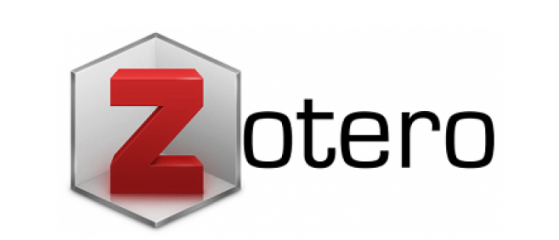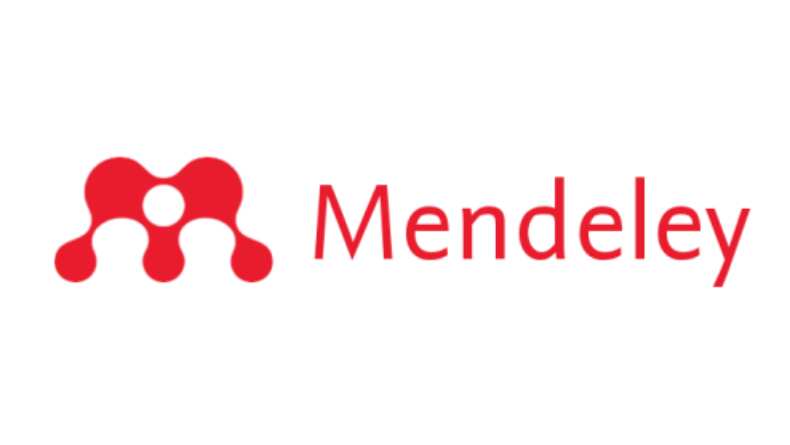IMPLEMENTASI TEKNOLOGI DIGITAL DALAM PERKULIAHAN MATAKULIAH KALKULUS INTEGRAL DALAM PENYELESAIAN LUAS DAERAH ANTARKURVA
Abstract
In today's digital era, the use of digital technology is essential in learning mathematics to create exploratory learning spaces. From an early age, technology in learning needs to be known that it does not only produce manual calculators, but that extensive learning support is realized from various applications or websites used in learning at school or in lectures. However, the lack of knowledge of prospective teacher students is a limiting space for learning space. First, in the integral calculus course, students seem monotonous by only using pencil and paper in learning. This article aims to present the implementation of the use of digital technology in integral calculus lectures in determining the area between curves. The method used is descriptive to describe the implementation of the technology. This was obtained in the implementation of the website using geogebra and wolframalpha as an exploratory tool to create a comprehensive learning space in answering their needs regarding the difficulty of drawing graphs, the difficulty of determining intervals of curve areas, and integral calculations assisted by geogebra and wolframalpha. However, in its use, it is necessary to have a basic understanding of calculating the area between the curves as the main basis for the direction of implementing digital technology.
References
Dawkins, P. (2022). Calculus I: Applications of Integrals. Lamar University.
Haji, S., & Yumiati. (2019). NCTM ’ S PRINCIPLES AND STANDARDS FOR DEVELOPING CONCEPTUAL UNDERSTANDING IN MATHEMATICS. Talenta, 01(02), 52–60. https://doi.org/10.32734/jormtt.v1i2.2836
Mariko, S. (2019). Aplikasi website berbasis HTML dan Javascript untuk menyelesaikan fungsi integral pada matakuliah kalkulus. Jurnal Inovasi Teknologi Pendidikan, 6(1), 80–91.
Meldi, N. F., T, A. Y., & Suratman, D. (2022). Penyelesaian Persamaan Bentuk Kuadrat Berbantuan Aplikasi Photomath Berdasarkan Sistem Bilangan Real Solving Quadratic Shape Equations Assisted Photomath Application Based on Real Number Systems. Variabel, 5(2), 83–98. https://journal.stkipsingkawang.ac.id/index.php/jvar/article/view/3224/pdf
Meldi, N. F., & Yani, A. (2022). DESKRIPSI KOMPETENSI MAHASISWA CALON GURU PENDIDIKAN. Jurnal Ilmiah Pendidikan Matematika Indonesia (JPMI), 7(14), 13–19.
Muhassanah, N., & Lukman, H. S. (2021). Analisis masalah belajar mahasiswa pada materi integral ditinjau dari perspektif disposisi matematis. Analisa, 7(2), 185–194.
Nasution, S. H. (2018). PENTINGNYA LITERASI TEKNOLOGI BAGI MAHASISWA CALON GURU MATEMATIKA. Jurnal Kajian Pembelajaran Matematika (JKPM), 2(April), 14–18.
NCTM. (2000). Principles and Standards for School Mathematics.
Nurhakim, L., Badaruddin, & Yani, A. (2022). MEMERIKSA KEMBALI (LOOKING BACK) PEMECAHAN MASALAH MATEMATIS MENGGUNAKAN WEBSITE. ADIBA, 2(4), 461–468.
Paradesa, R., & Ningsih, Y. L. (2017). PEMBELAJARAN MATEMATIKA BERBANTUAN MAPLE PADA MATAKULIAH KALKULUS INTEGRAL TERHADAP KEMAMPUAN KOMUNIKASI MATEMATIS MAHASISWA. Jurnal Pendidikan Matematika RAFA, 3(1), 70–81. https://doi.org/https://doi.org/10.19109/jpmrafa.v3i1.1442
Rahadi, Muhammad Rizky, Kodrat Iman Satoto, and I. P. W. (2016). PERANCANGAN GAME MATH ADVENTURE SEBAGAI MEDIA PEMBELAJARAN MATEMATIKA BERBASIS ANDROID. Jurnal Teknologi Dan Sistem Kompute, 4(1), 44. https://doi.org/10.14710/jtsiskom.4.1.2016.44-49
Shodikin, A. (2017). PENGEMBANGAN BAHAN AJAR KALKULUS INTEGRAL BERBASIS ANIMASI. Aksioma, 6(1), 1–11.
Sugiyono. (2018). Metode Penelitian Pendidikan Pendekatn Kuantitatif, Kualitatif, dan R&D (27th ed.). CV. ALFABETA.
Susilahudin Putrawangsa Uswatun Hasanah. (2018). INTEGRASI TEKNOLOGI DIGITAL DALAM PEMBELAJARAN DI ERA INDUSTRI 4.0 KAJIAN DARI PERSPEKTIF PEMBELAJARAN MATEMATIKA. Jurnal Pemikiran Dan Penelitian Pendidikan, 16(1), 42–54.
Susilo, B. E., & Prabawanto, S. (2019). KESULITAN BELAJAR MAHASISWA PADA MATERI APLIKASI INTEGRAL UNTUK LUAS DAERAH DALAM PERSPEKTIF DISPOSISI MATEMATIS. Kreano : Jurnal Matematika Kreatif-Inovatif, 10(1), 86–93.





















